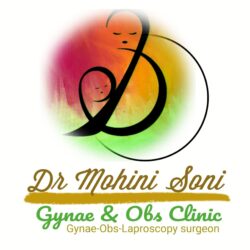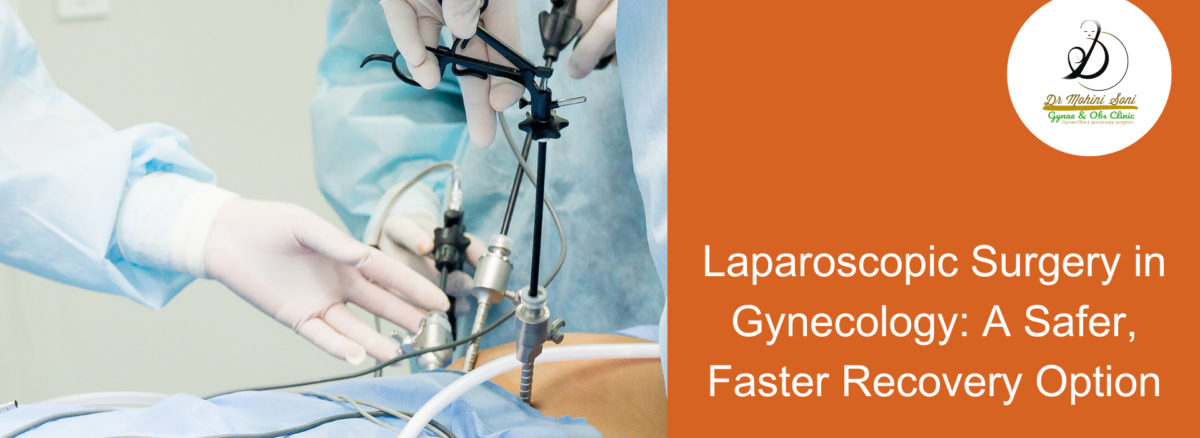Modern medicine has changed the way women experience treatment for gynecological conditions. Among the biggest breakthroughs is laparoscopic surgery — a minimally invasive technique that is safer, less painful, and offers quicker recovery than traditional open surgery.
For women struggling with ovarian cysts, fibroids, endometriosis, or fertility-related concerns, laparoscopy is now one of the most trusted options worldwide. But what makes it different, and why are so many women choosing it? Let’s explore.
What is Laparoscopic Surgery?
Often called keyhole surgery, laparoscopy involves inserting a thin tube with a camera (laparoscope) into the abdomen through tiny incisions. The surgeon can view the internal organs on a screen and perform the procedure with extreme precision.
Unlike conventional surgery, which requires large cuts, laparoscopy leaves behind minimal scars, causes less pain, and ensures a faster return to daily life.
Benefits of Laparoscopic Surgery in Gynecology
Here’s why this technique is considered a patient-friendly option:
- Smaller Incisions – Tiny cuts mean minimal scars.
- Less Pain – Reduced discomfort compared to open surgery.
- Quicker Recovery – Most women get back to normal life in 1–2 weeks.
- Shorter Hospital Stay – Often done as a day-care procedure or with one overnight stay.
- Lower Risk of Infection – Small wounds heal faster with fewer complications.
- Cosmetic Advantage – Hardly visible scars help women feel more confident.
Conditions Treated with Laparoscopic Surgery
Gynecologists often recommend laparoscopy for:
- Ovarian cyst removal
- Fibroid removal (Myomectomy)
- Endometriosis treatment
- Ectopic pregnancy management
- Hysterectomy (removal of uterus)
- Fertility-enhancing procedures
Why Women Prefer It
For many women, surgery can feel overwhelming — not just physically but emotionally too. Traditional surgery often means weeks of rest, visible scars, and discomfort. Laparoscopic surgery changes that experience. With less downtime, women can return to their families, work, and routines much faster, without feeling limited for long.
It’s not just about recovery — it’s about regaining confidence, independence, and peace of mind.
Conclusion
Laparoscopic surgery in gynecology is more than just a medical advancement — it’s a patient-centered approach that blends precision with comfort. Whether you’re dealing with painful fibroids, ovarian cysts, or fertility concerns, laparoscopy offers a safer and more effective treatment pathway.
If you’re considering your options, consult a qualified gynecologist who can guide you based on your health, condition, and lifestyle needs.
FAQs
Q1. Is laparoscopic surgery safe?
Yes, it is highly safe when performed by an experienced gynecologist.
Q2. How long does it take to recover?
Most women recover within 1–2 weeks, depending on the type of surgery.
Q3. Will there be visible scars?
Scars are very small and usually fade with time, making them hardly noticeable.
Q4. Is it painful?
Mild discomfort is common, but the pain is much less compared to open surgery.
Q5. Can it help with infertility?
Yes, laparoscopic procedures can treat conditions like endometriosis or blocked fallopian tubes, improving chances of conception.

